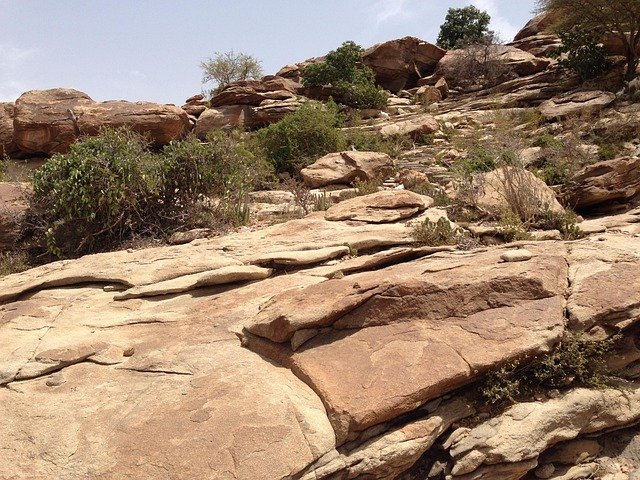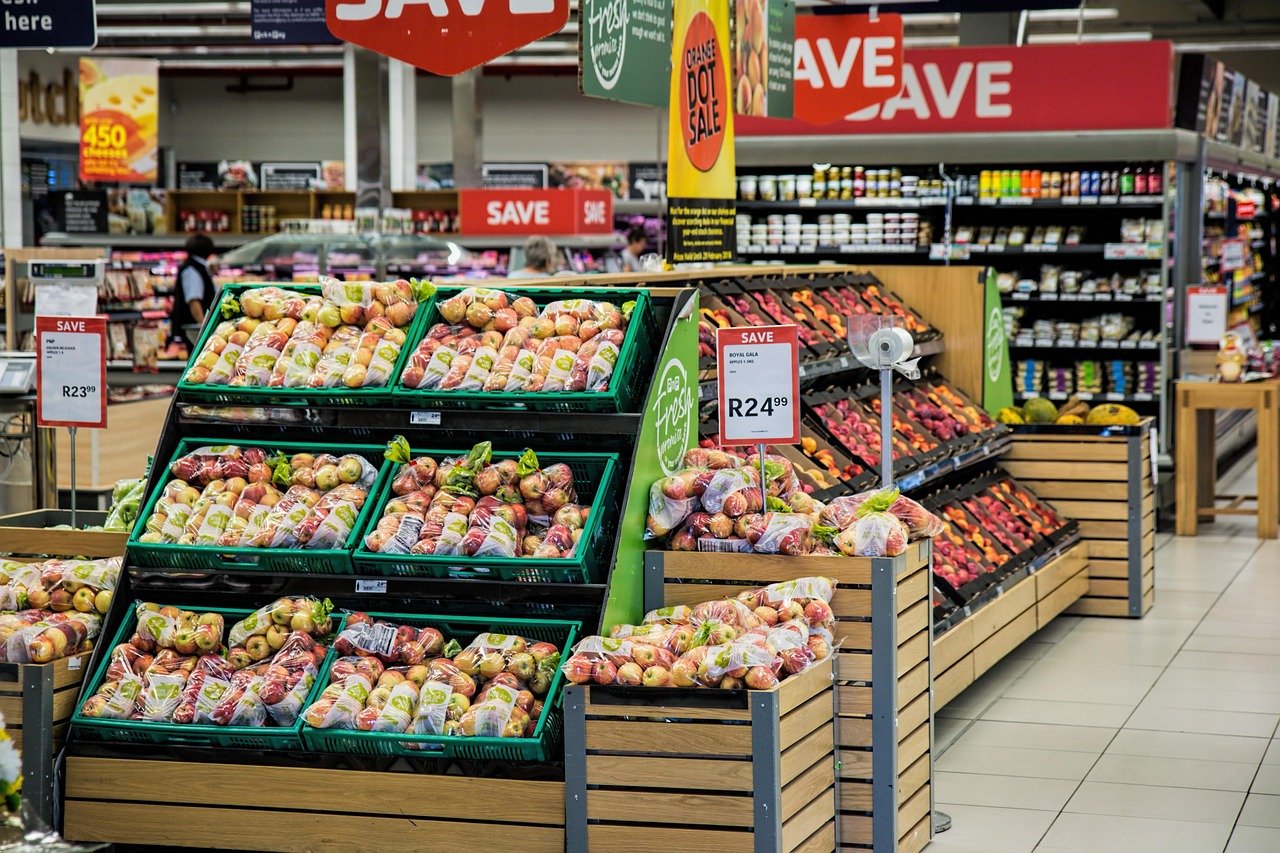Somalia’s prolonged drought has left millions in need of food, water, and livelihood support. However, 2025 has brought cautious optimism as rainfall patterns improve and international recovery programs expand across rural districts.
Background
From 2020 to 2023, consecutive failed rainy seasons led to the worst drought in 40 years. Over 8 million Somalis faced food insecurity, forcing mass migration toward urban centers.
Ongoing Recovery Projects
This year, the Ministry of Agriculture, supported by the FAO and World Food Programme (WFP), launched the “Green Somalia Initiative,” targeting reforestation, irrigation, and climate-resilient farming. Local cooperatives are being trained to grow drought-tolerant crops such as sorghum, millet, and sesame.
Community Stories
In Baidoa, farmers are using solar-powered pumps to restore farmlands once considered lost. “We now see our children eating food grown from our soil again,” said one cooperative leader. Similar projects in Jubaland and Puntland are revitalizing the agricultural sector.
International Support
The European Union pledged €150 million for water infrastructure and renewable-energy development, while the World Bank continues to fund livelihood diversification through the Baxnaano Program.
Challenges Ahead
Despite progress, Somalia remains vulnerable to climate shocks. Experts urge stronger water management systems and investment in meteorological forecasting.
Conclusion
The drought recovery effort demonstrates Somalia’s resilience and determination to build climate-adapted communities, signaling hope for long-term stability.



